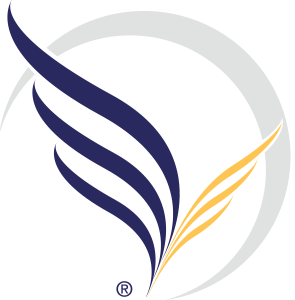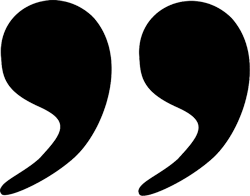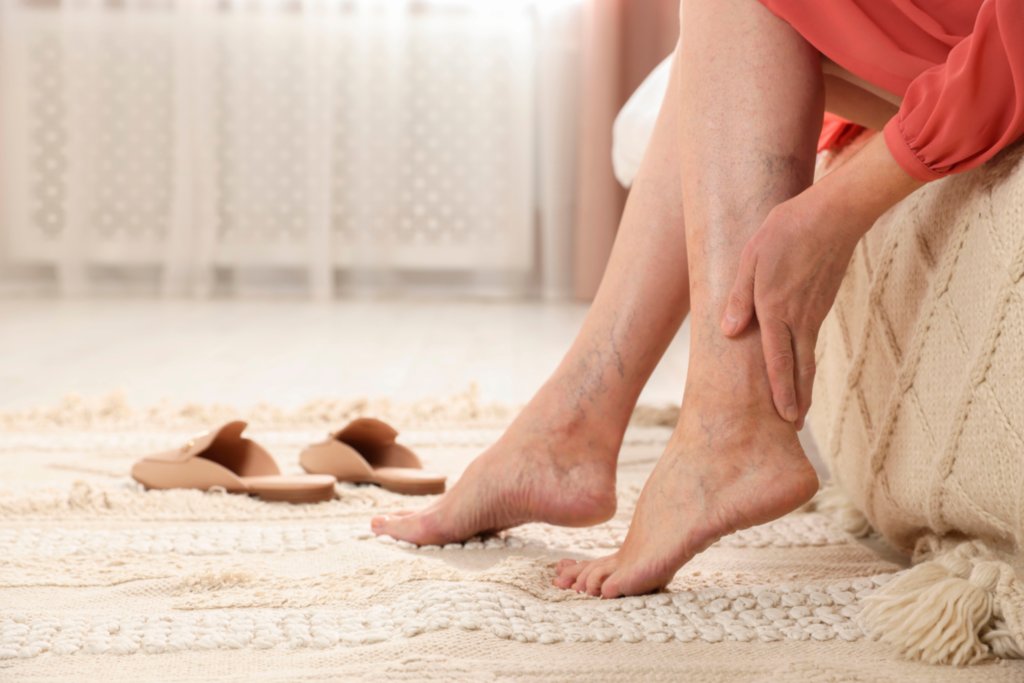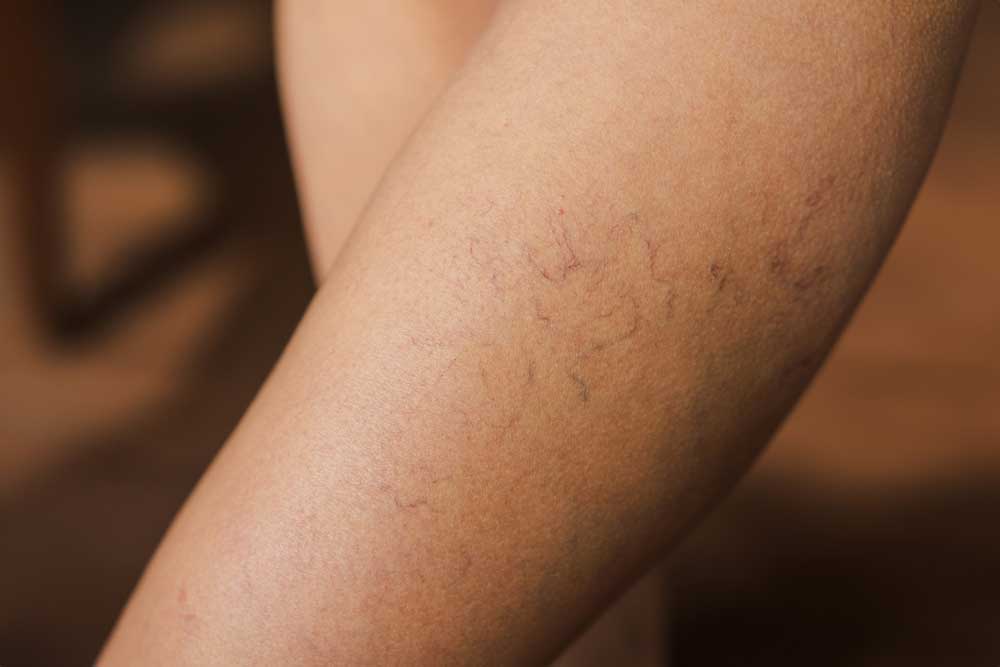How to Prevent and Treat Spider Veins
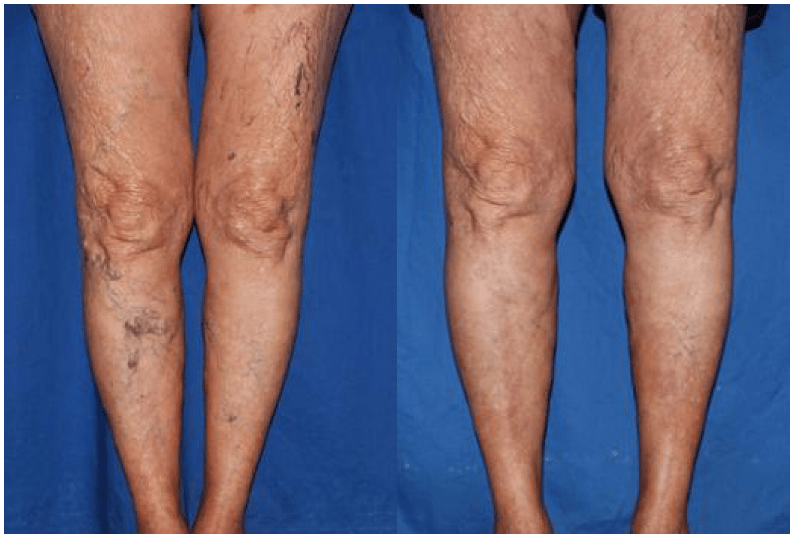
Prevention is always the best way to care for your body. Of course, if you already have spider veins, we invite you to contact us for an evaluation and treatment. If you don’t, and you wish to prevent them, or if you’ve had them in the past and want to keep from getting new spider veins, here are some tips on how to prevent spider veins from our team of vein specialists.
Wear Sunscreen
We all know that UV rays can damage our skin and cause all sorts of issues, like sunburn, premature aging, and even skin cancer. But did you know that UV exposure can also lead to spider veins? Yup, those thin, spidery lines that form when blood vessels get damaged and begin to show through the skin can emerge because of excessive, unprotected sun exposure. Luckily, wearing sunscreen can help protect your skin from those pesky UV rays and prevent spider veins from forming. So slather on some SPF, and give your skin the protection it deserves!
Exercise
Let’s be honest, exercise isn’t always the most appealing activity in the world, but it can be a lifesaver. Maintaining good blood circulation is crucial for our health, and exercise is one of the best ways to do it. Not only does it help move blood throughout the body, but also it reduces pressure on your leg veins. Using your calf muscles activates the heart of your venous system pumping the blood back toward your heart with each step you take
Nobody wants to deal with unsightly varicose veins and spider veins, so why not help prevent them by adding some regular exercise to your routine? So, grab those running shoes, hit the gym, or even take a brisk walk outside. Your veins will thank you for it.
Avoid Sitting or Standing for Long Periods
Hey guys, did you know that sitting or standing for too long can actually cause pressure buildup in your legs? It’s true! This can lead to a whole host of uncomfortable symptoms like swelling, pain, visible varicose and spider veins, and even blood clots.
So, what can you do? It’s a good idea to take breaks throughout the day to stretch your legs or go for a short walk. If you sit at a desk all day, try a standing desk or a balance ball to switch up your posture. And if you’re on your feet all day, take a seat when you can and prop your feet up to relieve some of the pressure. Can’t take the time to stand up or walk? Add 6-12 simple calf pumps per hour to your routine while sitting to improve your blood flow.
Maintain a Healthy Weight
Let’s face it, nobody wants spider veins creeping up on their legs. An ounce of prevention starts with maintaining a healthy weight. Those extra pounds you carry around aren’t just putting a strain on our knees and backs, they’re also putting a strain on our veins. Shed some excess weight, and do your veins a favor and hopefully avoid pesky spider veins and even painful, bulging varicose veins. Plus, who doesn’t want to feel confident and comfortable in their skin? It’s a win-win situation!
Wear Compression Stockings
Don’t roll your eyes. Compression stockings and socks aren’t what they used to be. They’re actually quite fashionable with a variety of styles and colors for every occasion. They look just like regular stockings or socks you buy at your favorite department store, except they’re great for your circulation.
At VSS we offer the best medical-grade graduated compression designed to meet your specific needs. And your specialty team is certified in fitting you for the socks that not only look good on you but feel good, too.
These snazzy socks are designed to apply graduated, safe, and comfortable pressure to your legs and help improve blood flow. This can be especially helpful for folks who are on their feet a lot, sit for long periods of time, have a history of venous blood clots or are dealing with other known circulation issues.
Not only do compression stockings feel supportive and comfortable, but they can also help prevent varicose veins, reduce swelling, and protect against blood clots. So, if you’re looking for a simple and effective way to keep your circulation in check, give compression stockings a try!
Elevate Your Legs Daily
Anything you can do to improve your circulation can help prevent spider veins and varicose veins, including leg elevation. Lie down with your feet above your heart every day to assist blood flow back up from your feet to your heart. Gravity makes for a great blood flow assist, especially if you’re prone to circulation problems or have a history of venous disease where blood tends to pool in the legs.
Reduce High Heel Wear
Wearing high heels can be fashionable and even empowering, but it’s important to understand the risks that come with it. High heels limit the effectiveness of your ‘calf pump’ and put additional strain on your leg veins. This strain can lead to venous disease – including varicose veins and spider veins.
You don’t have to throw away your heels, but we do recommend that you reduce how often you wear them. Try to limit them to only special occasions and opt for fashionable flats the rest of the time.
Know Your Risk
Understanding your risk for developing venous disease is key to preventing it. Risk factors such as aging, pregnancy, family history, and occupation can all play a role in the development of spider veins, varicose veins, and/or blood clots. People over the age of 50 are more likely to develop spider or varicose veins, but certain medications and health conditions can also contribute to the development of venous disease.
When you know your risk, you can do the work to prevent and treat unhealthy veins before they become advanced and negatively impact your quality of life.

